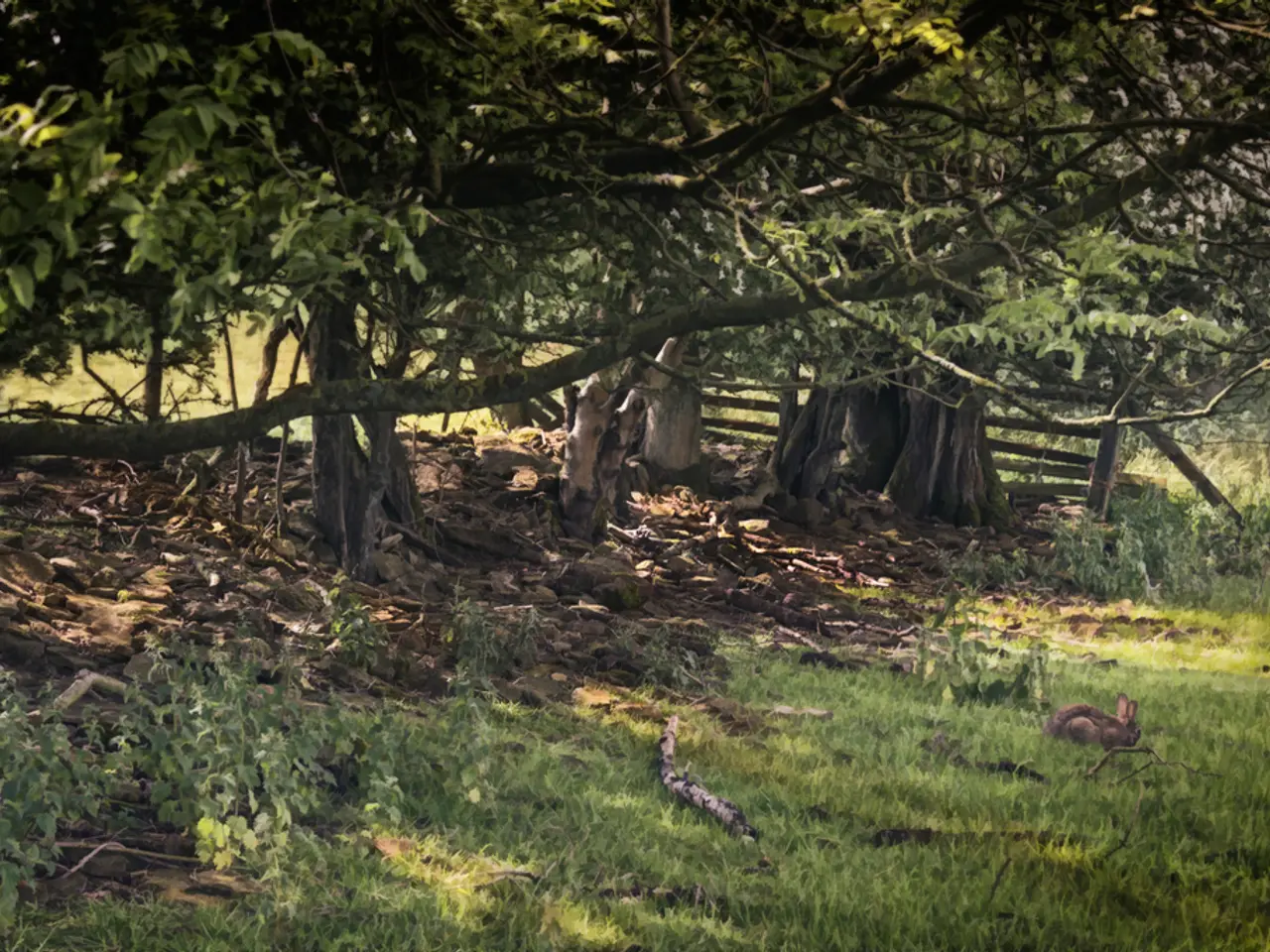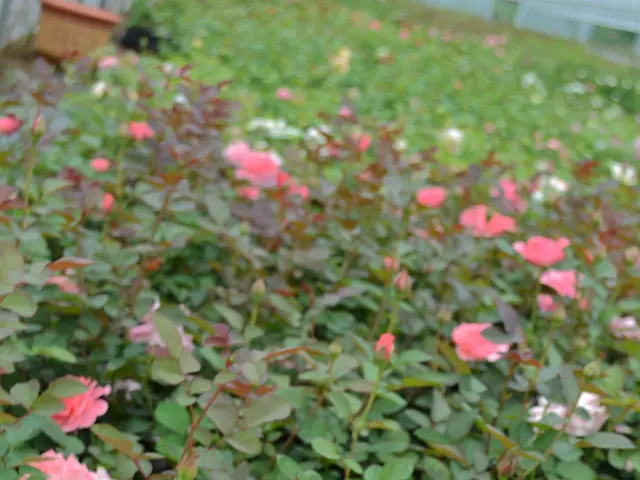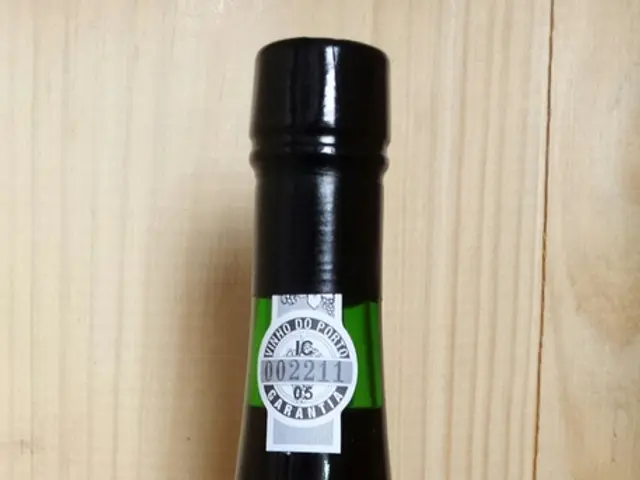Garden Winterization Using Burlap Material
Preparing Your Garden for Winter with Burlap Fabric
As the leaves begin to fall and the temperatures drop, it's time to prepare your garden for the winter months ahead. One effective method to protect vulnerable plants is by using burlap fabric. Here's a step-by-step guide on how to do it.
1. Timing is Key
Wrap your plants just before the first hard frost occurs in your area. This timing is crucial as burlap protects against the initial freeze and harsh winter winds but should be removed in spring when temperatures warm to avoid growth restriction and moisture buildup.
2. Choosing the Right Plants
Focus on young or delicate trees, especially evergreens and species prone to winter burn. Tender shrubs and perennials susceptible to freezing temperatures and high winds should also be covered. Container plants grouped outdoors that cannot be moved indoors are also good candidates.
3. Preparation and Covering
- Watering: Deeply water your plants before the soil freezes. This ensures plant roots stay hydrated during winter months, critical for tree, shrub, and perennial survival.
- Mulching: Add a 2–4 inch layer of organic mulch (e.g., shredded bark, pine needles, straw) around roots of perennials, shrubs, and trees to insulate soil and protect roots.
- Wrapping with Burlap: Use burlap fabric to create a protective barrier around the entire plant or tree trunk and branches. The fabric should be tied securely but loosely enough to allow air circulation, which prevents mold and fungal issues while shielding from wind and frost damage.
- Supporting Shrubs and Trees: Use stakes if needed to hold burlap wraps firmly without damaging plants.
- Mulching Carefully: Keep mulch a few inches away from the plant base or trunk to avoid moisture and pest problems.
4. Creating a Microclimate
Using burlap this way helps create a microclimate that buffers plants against temperature swings, drying winds, and pest damage like rodents or deer searching for winter shelter.
5. Pre-Covering Steps
Before covering plants, make sure they are well-watered and free from any debris or dead foliage. Prune back any overgrown branches or foliage to ensure the fabric can cover the entire plant.
6. Additional Considerations
- If covering larger plants or multiple plants with burlap fabric, consider creating ventilation holes to allow air and moisture to circulate.
- Burlap fabric should be a breathable material that allows air and moisture to circulate.
- When covering plants with burlap fabric, ensure the fabric is securely anchored to the ground or tied around the plant to prevent it from blowing away in strong winds.
After winter ends and temperatures start to warm reliably in spring, remove the burlap to allow plants to grow unrestricted and avoid trapping moisture or pests. By following these steps, you can help your garden weather the winter months and emerge stronger in the spring.
Wrap delicate home-and-garden plants such as evergreens, tender shrubs, perennials, and container plants before the first hard frost using burlap fabric to protect them from frost, wind, and harsh winter conditions. Creating a microclimate with burlap fabric helps buffer plants against temperature swings, drying winds, and potential pest damage, ensuring their survival through the winter months.




